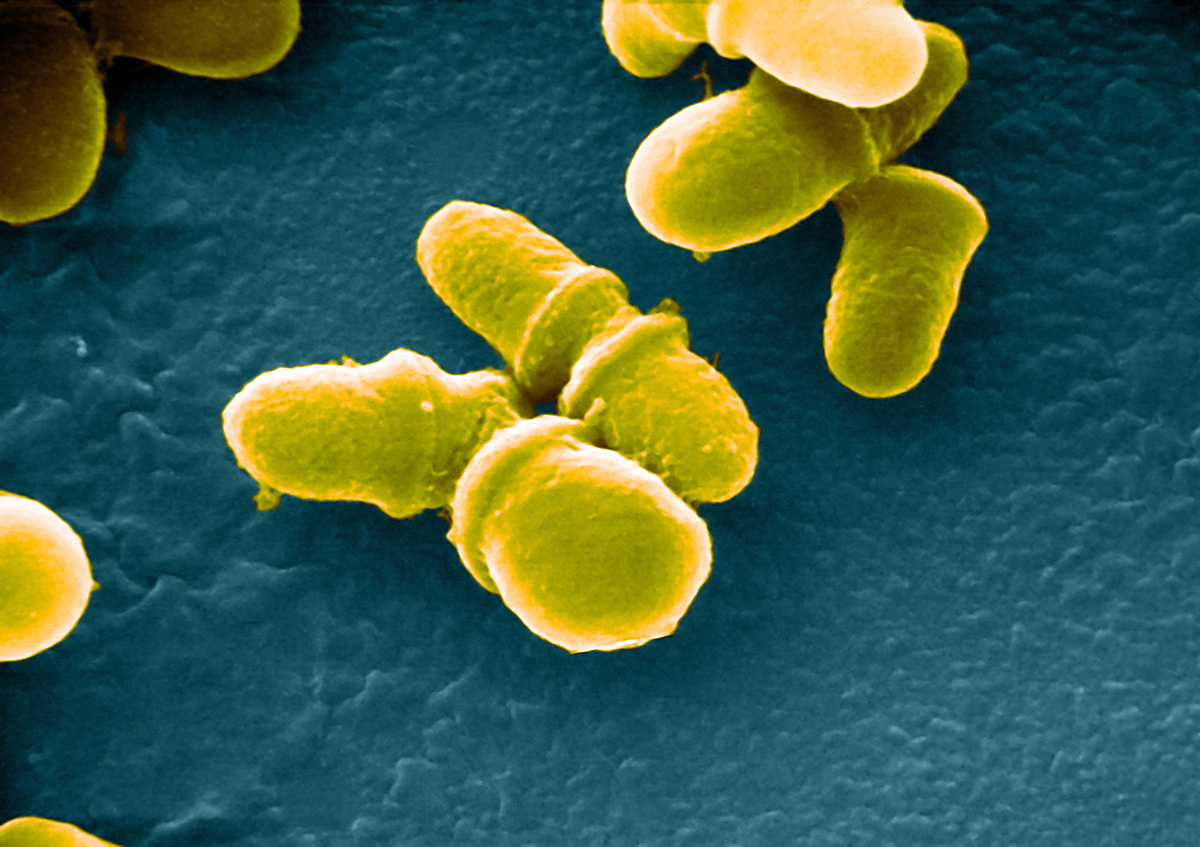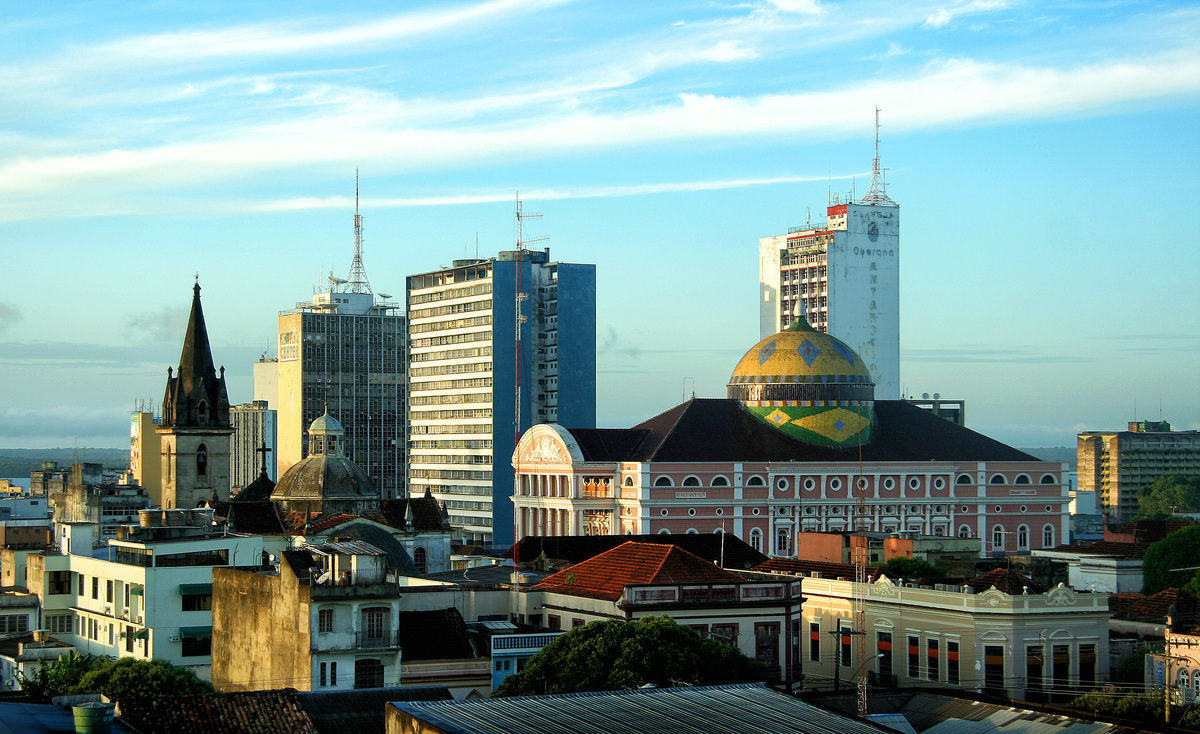
Malasseziais a genus of fungi naturally found on the skin surfaces of many animals, including humans. The researchers found it in urban apartments, although some strains have been known to cause infections in hospitals. Science Source hide caption
toggle caption
Malasseziais a genus of fungi naturally found on the skin surfaces of many animals, including humans. The researchers found it in urban apartments, although some strains have been known to cause infections in hospitals.
You might think that the more you clean, the less germy your home is.
That’s whatLaura-Isobel McCall, a biochemist at the University of Oklahoma, thought she’d find when she started comparing microbes between rural and urban homes in Peru and Brazil.
“We expected that all the microbes would actually become less diverse with urbanization, and that’s not at all what we found for the fungi, “she says.
In anew studyinNature Microbiology, McCall and her co-authors found that the fungal diversity was actually higher in urban homes, and it might be because of peoples’ cleaning products and urban lifestyles.
“Maybe they’re scrubbing away all the bacteria and now you have this big open surface for fungi to grow on; maybe [the fungi] are also becoming more resistant to the cleaning agents that we use,” she says.
Many antibacterial cleaning solutions and sanitizers specifically target bacteria, which could clear space for other kinds of microbes to flourish. Fungi also have thick cell walls, which may make them harder to kill. And urban homes are designed to isolate people from the outside; they block out light and trap CO2, which could be creating hospitable environments for fungus to grow, McCall says.
The researchers studied bacteria, fungi and microscopic life, including small parasites. These microbes live with humans – on and in our bodies, and in our homes and workspaces. While some cause problems for people, others, like the yeasts and molds that help make beer and cheese, are helpful.
To compare the diversity of microbes, they sampled from four locations in increasingly urban settings: from thatched huts in a rainforest community, to city apartments in the Amazonas state capital of Manaus. The researchers swabbed surfaces such as walls, floors and countertops in homes, and they took skin swabs from pets and people.

The researchers swabbed apartments in Manaus and found a higher diversity of fungus than in villages in the Amazon. Adriana Fuchter / Getty Images hide caption
toggle caption
Adriana Fuchter / Getty Images
The researchers swabbed apartments in Manaus and found a higher diversity of fungus than in villages in the Amazon.
Adriana Fuchter / Getty Images
In addition to microbes, the researchers also tested for chemicals and found many more synthetic chemicals in city apartments, which can come from building materials, cleaning products, medications and personal care products such as shampoo and deodorant.
“We create the built environment with so many artificial materials,” saysMaria Gloria Dominguez-Bello, a professor of microbiology and health at Rutgers University and a co-author on the study. “We are living enclosed in houses with decreased bacterial diversity from the environment, and increasing the diversity of chemicals that we observe.”
Some of the bacteria we’re shutting out are probably helpful to humans, like good gut bacteria. The different chemicals and fungi were found not just in homes, she says, but on the skin of human bodies.
While the study was limited to parts of Brazil and Peru, the findings may apply more broadly.
“My guess is that this gradient they’ve established for these fungal communities is largely representative of what’s happening all over the world,” saysJustin Sonnenburg, a microbiologist at Stanford University not associated with the study who recently co-authored areviewof urbanization and microbiota research inScience.
Fungi aren’t as well-studied as bacteria, but he points out that theMalasseziagenus, which the researchers swabbed in Brazil’s urban homes, contains strains that havecaused infectionsin hospitals in other countries, so it could be a common scourge on highly sanitized environments.









GIPHY App Key not set. Please check settings